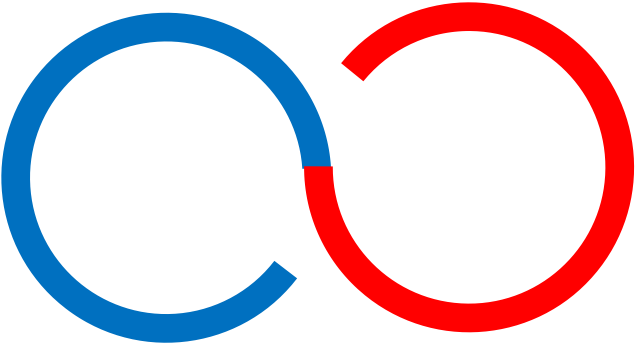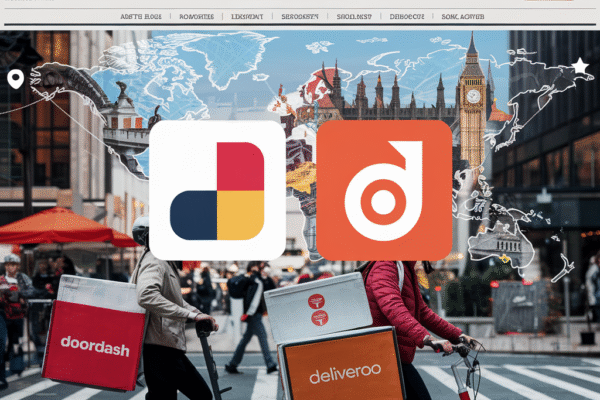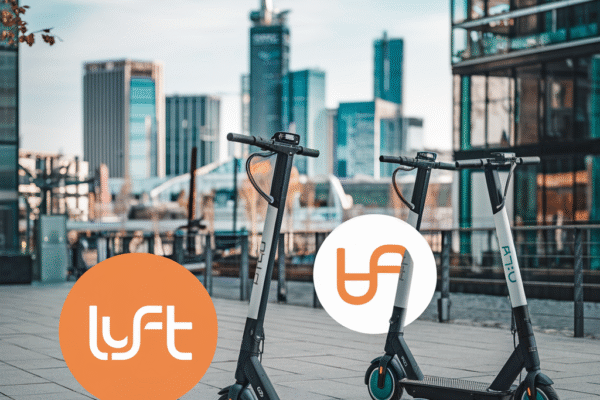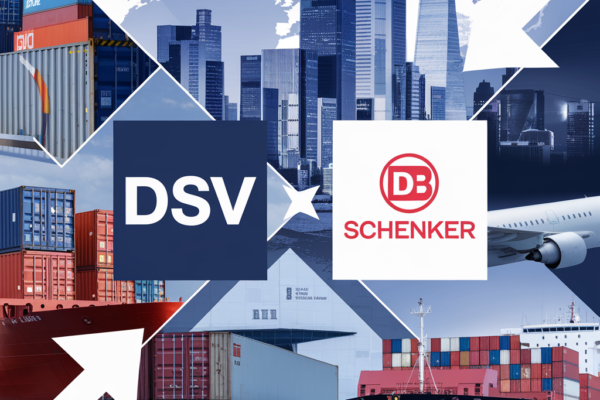Fashion M&A Boom: Key Highlights
- The fashion industry is witnessing a surge in mergers and acquisitions (M&A) activity, driven by economic factors, changing consumer preferences, and the need for strategic growth.
- Sustainability assessments and integrating eco-friendly practices are crucial for preserving and enhancing the value of M&A deals in the fashion sector.
- The global fashion market is projected to reach $3.5 trillion by 2025, with the sustainable fashion segment expected to grow at a CAGR of 10%.
- Past successful M&A deals, such as LVMH’s acquisition of Dior and Kering’s purchase of Gucci, have demonstrated the strategic importance of integrating high-end fashion brands into larger conglomerates.
Economic Drivers Fueling Fashion M&A
The fashion industry is characterized by uncertainty due to high core inflation, geopolitical events, and weakened economies. Despite this, 26% of respondents to the BoF-McKinsey survey expected conditions to improve year on year, while 37% expected conditions to remain the same, and 38% expected the situation to worsen. The economic drivers influencing M&A strategies include geopolitical risks, economic volatility, and the need to adapt to higher interest rates and inflation. Consequently, dealmakers are focusing on cost synergies and growth synergies in deals.
Brand Valuation and Consumer Behavior Trends
Social media and influencer marketing have significantly impacted brand valuations, with luxury brands leveraging these platforms to enhance their market presence and drive sales. Moreover, shifts in consumer behavior and preferences are influencing M&A strategies. Consumers are increasingly valuing transparency, authenticity, and sustainability in fashion brands, leading companies to focus on storytelling, brand heritage, and eco-friendly practices.
Regulatory Challenges in Cross-Border M&A
The regulatory environment for M&A in the fashion industry is complex, particularly for cross-border deals. Antitrust considerations and compliance with various laws and regulations across different jurisdictions pose significant challenges. However, navigating these challenges can also present opportunities for growth and strategic expansion.
Fashion M&A Boom – Conclusion and Future Outlook
The growing potential for a fashion M&A boom is driven by several economic and market trends, including the need for companies to adapt to changing consumer preferences, leverage digital platforms, and enhance brand portfolios through strategic acquisitions. While economic uncertainties and regulatory challenges exist, companies that have successfully integrated acquired brands have demonstrated resilience and the ability to create sustainable value.
As the industry continues to evolve, companies must focus on integrating sustainable practices, leveraging digital platforms, and enhancing brand portfolios through strategic acquisitions. Antitrust considerations and regulatory challenges must also be addressed to ensure smooth deal execution. The next wave of acquisitions is expected to focus on niche markets, particularly sustainable fashion and tech-driven apparel, as well as strategic partnerships and acquisitions that offer both cost synergies and growth opportunities.
Looking ahead, the fashion industry’s M&A landscape will be shaped by the ability of





